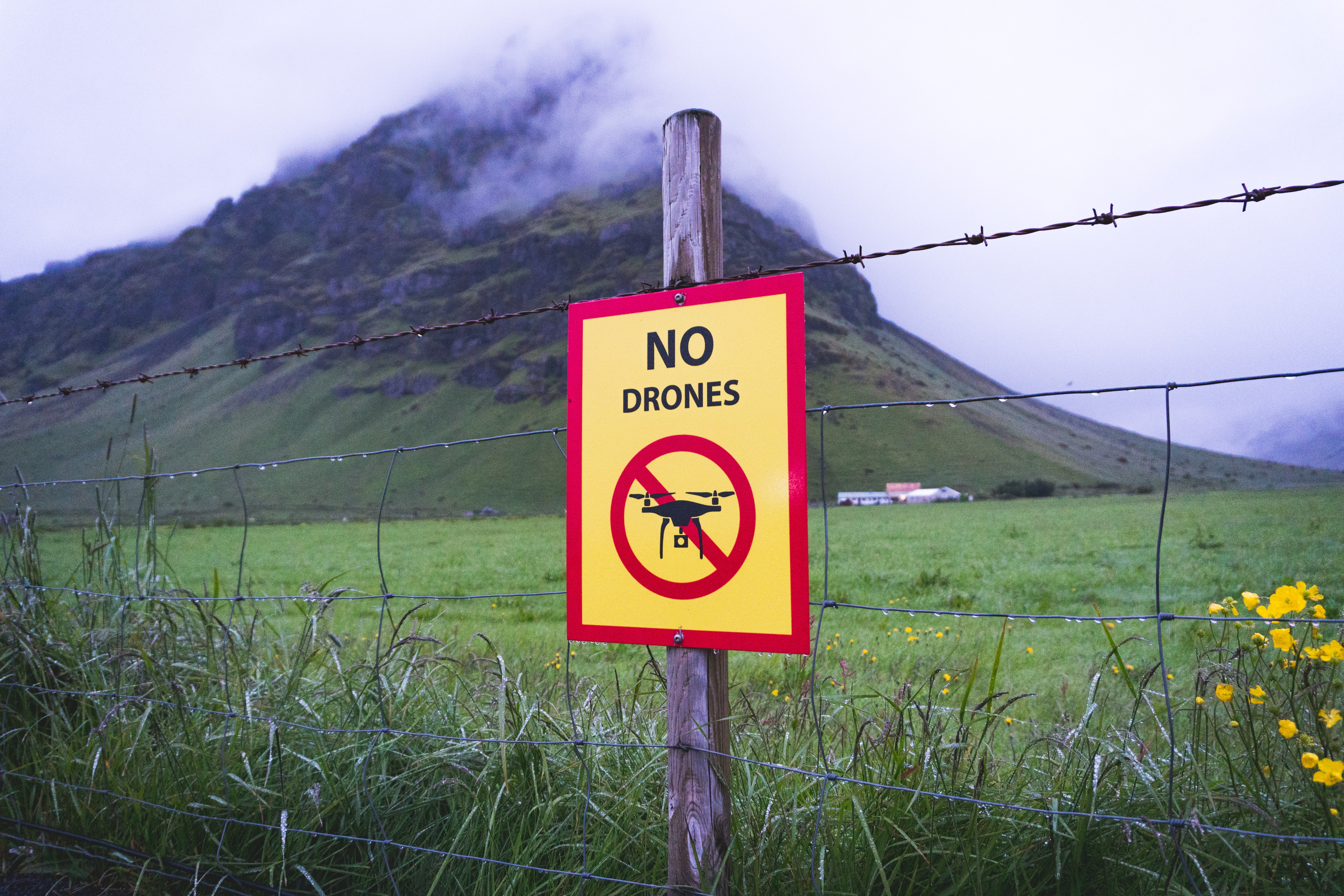By Aditya Manubarwala*
Although it has been 20 years since India signed the United Nations Convention against Torture and Other Cruel, Inhuman or Degrading Treatment or Punishment, a ratification of the same is still nowhere on the anvil. India does not have any law specifically catering towards the prevention of custodial torture, nor does it have any robust procedural safeguards against possible custodial violence.
The statutory and procedural framework surrounding custodial violence is fraught with loopholes. A case in point is State of Uttar Pradesh v. Ram Sagar Yadav, where the Supreme Court of India recommended that the law pertaining to evidence be amended in order to place the evidential burden of proof on the police in cases of custodial violence. The said case was a textbook case of custodial death, where a farmer who denied paying a bribe to the local police constable was detained and found dead within six hours of the said detention, with some 19 bodily injuries. Subsequently, after two rounds of litigation, the Supreme Court of India convicted the accused constable and two others, one of whom happened to be the constable’s superior, a Station House Officer. The Court’s observations in this case go on to form the bedrock of the suggested safeguards in the law and procedure pertaining to custodial violence. The need to adopt a different approach when it came to cases of custodial deaths was strongly felt. It was observed, “Police officers, bound by ties of a kind of brotherhood, often prefer to remain silent and when they do choose to speak, they often put their own gloss upon the facts and often pervert the truth”. It was noted how in such situations, the police officer alone is in a position to explain the injuries a person suffered while in custody. Sound principles of criminal law and the very rule pertaining to bias advocate the need to reverse the evidentiary burden, and the court felt the same. The court rightly observed, “The law as to the burden of proof may be re-examined by the legislature so that the handmaids of law and order do not use their authority and opportunities for oppressing the innocent citizens who look to them for protection”.
These observations of the court in the year 1985 seem to hold ground even in the year 2015. Statistically, the number of custodial deaths in India is alarmingly high. According to the National Crime Records Bureau, between the years 2010 – 2015 some 591 cases of custodial deaths were reported in India. What is more alarming is that in 2015 alone, judicial inquiry was conducted in only 31 of the 97 custodial violence cases. It is interesting to note that out of the 28 police personnel charge-sheeted, not one was convicted; this clearly points to a nexus of sorts between the law enforcement agency and the accused. A report by Human Rights Watch entitled, “Bound by Brotherhood: India’s Failure to End Killings in Police Custody” also highlights this same disturbing trend.
Immediately following this case came a Report of the Law Commission of India, which recommended the insertion of Section 114-B in the Indian Evidence Act. The Law Commission in its wisdom advocated the need to reverse the burden of proof in cases of bodily injury or death of a prisoner in police custody, and recommended placing the said burden on the police. The Commission recommended giving the court discretionary power to reputably presume the bodily injuries on the accused to be the work of the police officers concerned. However, in my opinion, owing to the deep nexus between police officers and the accused, as well as repeated failures on the part of the Magistrates to follow the due procedure of law as highlighted through the Human Rights Watch report, it would be more prudent to not bestow the courts with a discretionary power, but rather make it incumbent upon the Courts to presume the officers guilty, thus placing the burden of proof solely on police officers. It would also be desirable to incorporate the view highlighted in the Law Commission’s working paper on the same issue, where it was suggested that every person on arrest, whether legal or illegal, be mandatorily examined medically for injuries. Suitable amendments in Sections 53 and 54 of the Criminal Procedure Code should duly be made.
The need for these recommendations seeing the light of the day cannot be understated. Recently, the Supreme Court of India, in response to a public interest litigation filed by Mr. Ashwani Kumar, a former Law Minister of India, sought a reply from the National Human Rights Commission regarding the need for an anti-custodial torture law. It is about time that India ratifies the UN Convention against Torture and Other Cruel, Inhuman or Degrading Treatment or Punishment. With the Prevention of Torture Bill being passed in the Lok Sabha, it is about time that the legislature meaningfully passes the same in the Rajya Sabha as well.
Works Cited
Office of the United Nations High Commissioner for Human Right, Convention against Torture and Other Cruel, Inhuman or Degrading Treatment or Punishment OHCHR, http://www.ohchr.org/EN/ProfessionalInterest/Pages/CAT.aspx.
State of Uttar Pradesh v. Ram Sagar Yadav and ors, 1985 S.C.C. (1) 552, http://judis.nic.in/supremecourt/imgst.aspx?filename=9390.
Indira Basu, At Least 591 People Have Died In Police Custody In India Since 2010: Human Rights Watch, THE HUFFINGTON POST (December 19, 2016), http://www.huffingtonpost.in/2016/12/18/at-least-591-people-have-died-in-police-custody-in-india-since-2/.
Charu Kartikeya, NCRB Report: Custodial deaths on the rise, but cops hardly convicted, CATCH NEWS (August 31, 2016), http://www.catchnews.com/india-news/custodial-deaths-on-the-rise-but-cops-hardly-convicted-ncrb-1472571233.html.
Human Rights Watch Report: “Bound by Brotherhood”– India’s Failure to End Killings in Police Custody (December 19, 2016), https://www.hrw.org/report/2016/12/19/bound-brotherhood/indias-failure-end-killings-police-custody.
Law Commission of India, One Hundred and Thirteenth Report on Injuries in Police Custody (July 29, 1985), http://lawcommissionofindia.nic.in/101-169/report113.pdf.
The Code of Criminal Procedure, 1978, Act No. 2 of 1974, § 53, https://indiankanoon.org/doc/633996/.
The Code of Criminal Procedure, 1978, Act No. 2 of 1974, § 54, https://indiankanoon.org/doc/441720/.
Dhananjay Mahapatra, Supreme Court seeks NHRC’s reply on anti-custodial torture law, THE TIMES OF INDIA, (January 10, 2017), http://timesofindia.indiatimes.com/india/supreme-court-seeks-nhrcs-reply-on-anti-custodial-torture-law/articleshow/56432105.cms.
*Aditya Manubarwala is a penultimate year law student at the Pravin Gandhi College of Law, Mumbai University. He is one of the youngest Indians to have appeared before a committee of Parliament. He has also been a former Law Trainee with a Judge of the Supreme Court of India and a former Attaché with the Office of the Speaker of the Lower House of the Parliament of India. In 2016, he received the Chinese General Chambers of Commerce HPAIR Scholarship at the Harvard Asia Conference, Hong Kong.



